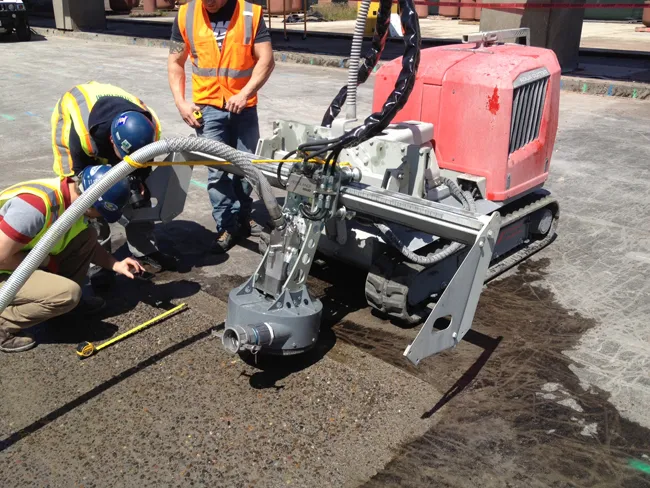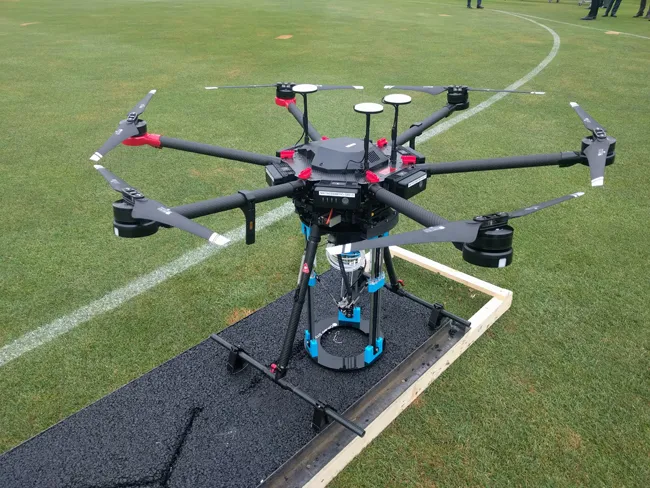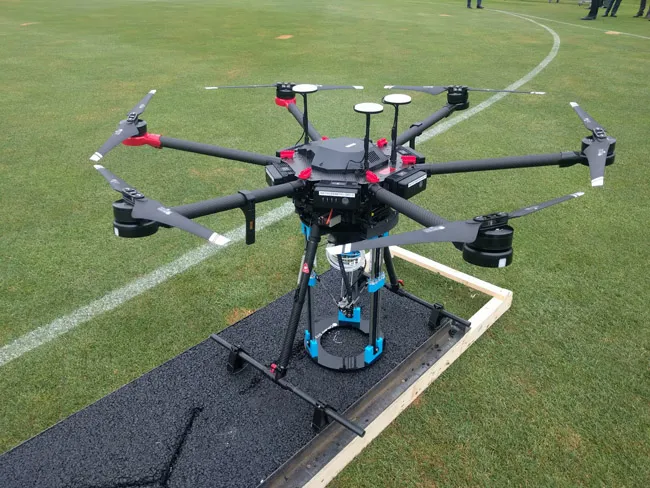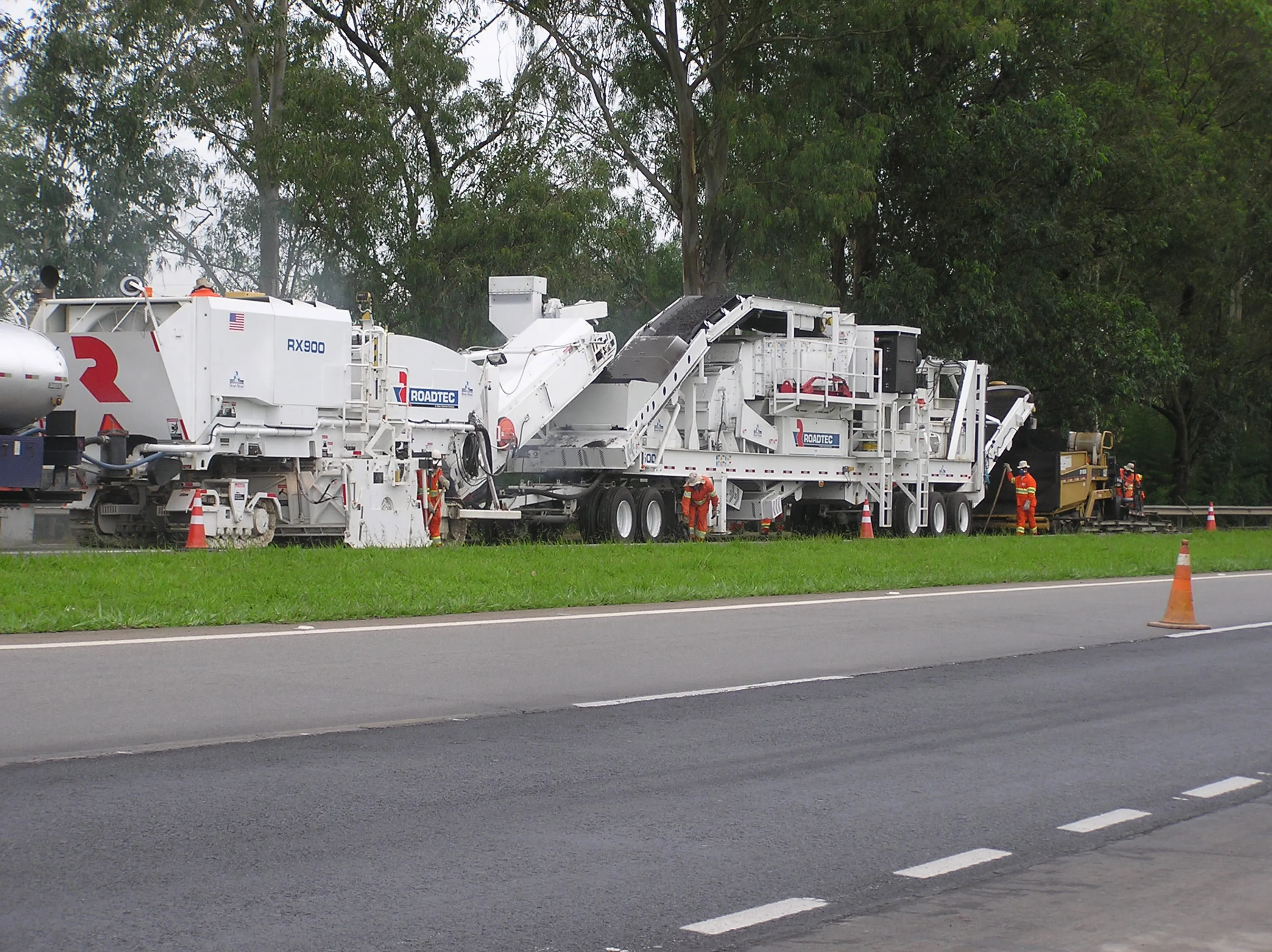Hydrodemolition is being used for repairing airport runways, making the process faster and improving quality.
According to Aquajet Systems, its high-pressure water jets can be used for the controlled removal or scarification of concrete, as well as the removal of paint and rubber, leaving a fresh surface.
The Aqua Cutter hydrodemolition robots are said to be highly efficient when working on concrete runway surfaces. The operator controls the high-pressured ceramic nozzles from a distance, adjusting the s
October 1, 2018
Read time: 2 mins

Hydrodemolition is being used for repairing airport runways, making the process faster and improving quality.
According to2784 Aquajet Systems, its high-pressure water jets can be used for the controlled removal or scarification of concrete, as well as the removal of paint and rubber, leaving a fresh surface.
The Aqua Cutter hydrodemolition robots are said to be highly efficient when working on concrete runway surfaces. The operator controls the high-pressured ceramic nozzles from a distance, adjusting the stroke to control the depth of cuts and vary the pressure of the water jet. The process allows operators to remove just the top layer of concrete or remove the slab in its entirety. During hydrodemolition, the rebar is cleaned and descaled.
Aside from removing the concrete, Aquajet’s Rotolance attachment is used by maintenance crews to remove paint and rubber from the airstrip. The Rotolance uses its high-pressure water jets to roughen the top layer of concrete to provide a better bonding surface. The tool provides water pressure up to 2,500bar and also removes the rubber left by aircraft tyres.
According to
The Aqua Cutter hydrodemolition robots are said to be highly efficient when working on concrete runway surfaces. The operator controls the high-pressured ceramic nozzles from a distance, adjusting the stroke to control the depth of cuts and vary the pressure of the water jet. The process allows operators to remove just the top layer of concrete or remove the slab in its entirety. During hydrodemolition, the rebar is cleaned and descaled.
Aside from removing the concrete, Aquajet’s Rotolance attachment is used by maintenance crews to remove paint and rubber from the airstrip. The Rotolance uses its high-pressure water jets to roughen the top layer of concrete to provide a better bonding surface. The tool provides water pressure up to 2,500bar and also removes the rubber left by aircraft tyres.








